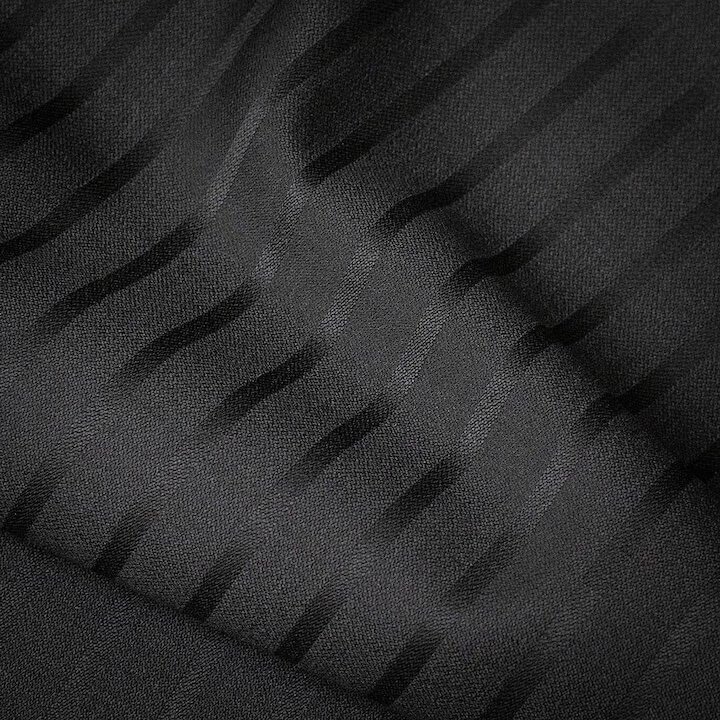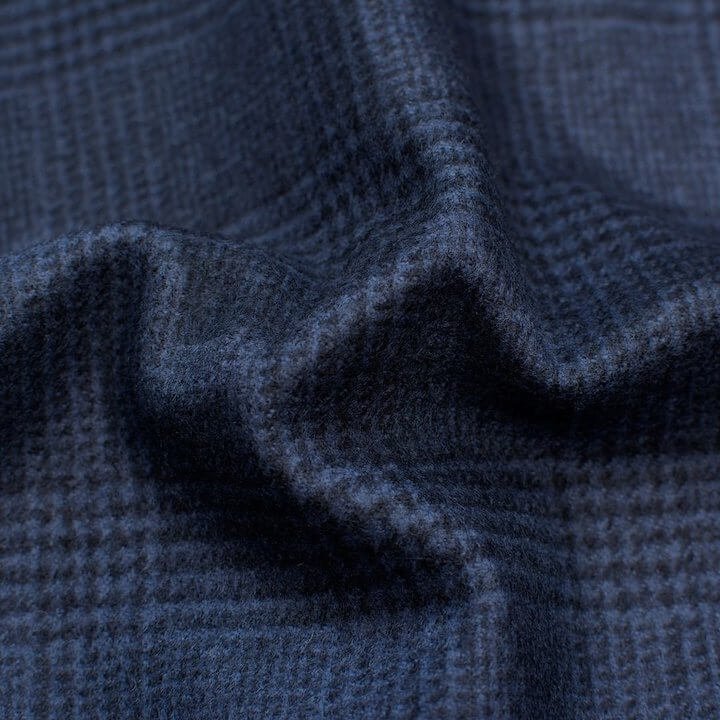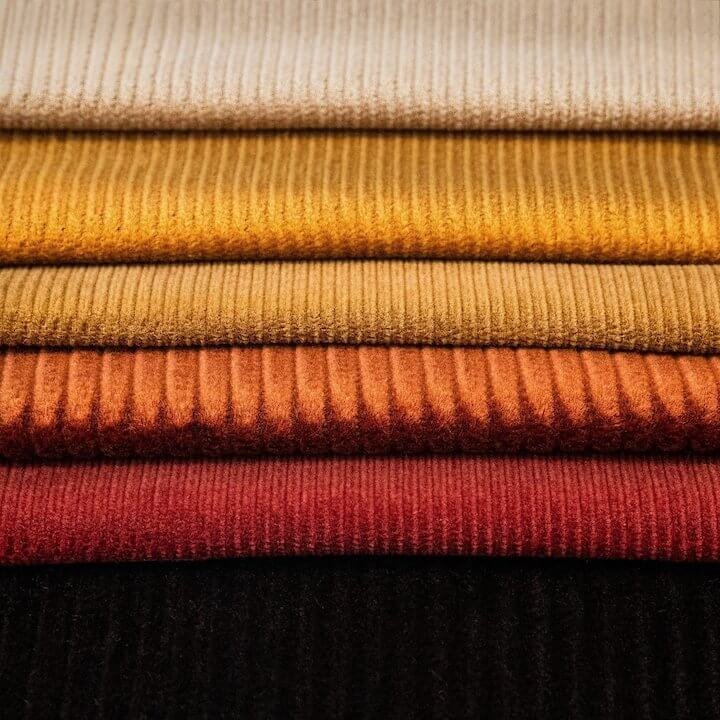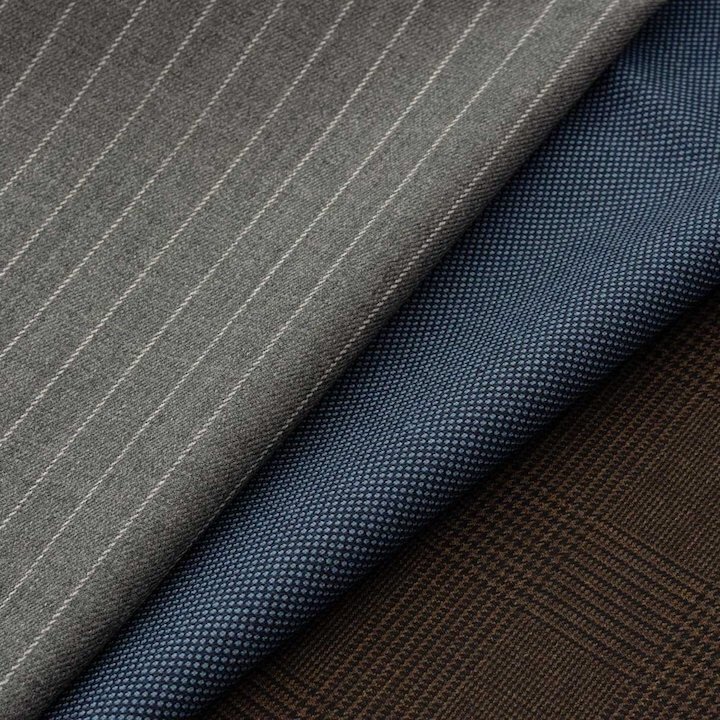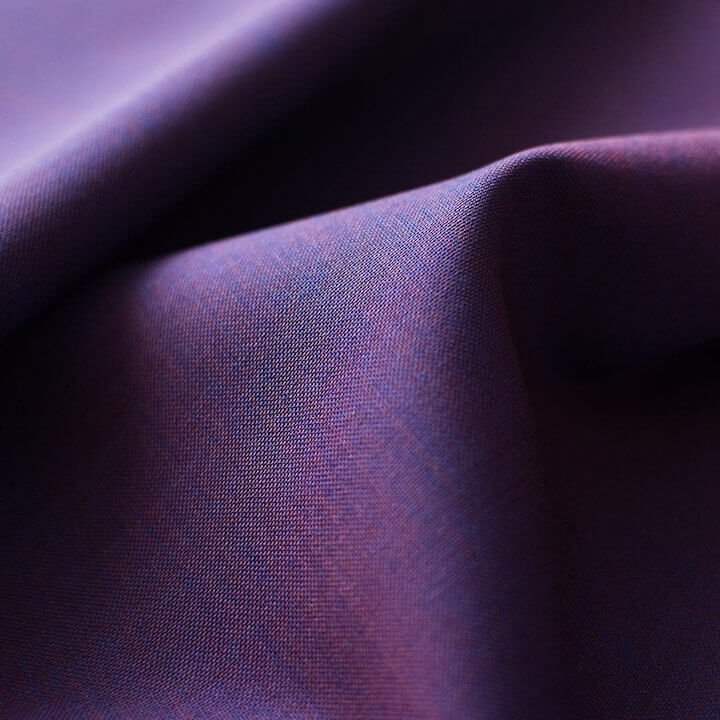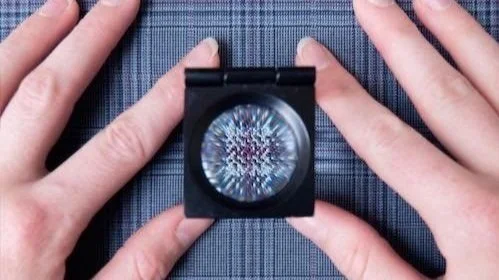Lees dit artikel in het Nederlands
Selecting the correct fabric for your suit or garment is an interesting activity and a big part of the whole experience of bespoke tailoring and having a clothes tailor made
When you ask yourself the right questions, it gets easier to make decisions in selecting the right fabric for you.
The list below has a number of pointers to have in consideration to decide the right direction you want to go and which points are important to you.
Our team is available to guide you further with expert knowledge and advice from practice.
1. What is it for? - How formal should it be?
Will you wear the suit or jacket only to the office? Is it for a special event? Or should it match a diversity of events? What would suit the environment regarding material, colour and pattern?
How heavy should it be?
Are you going to wear it all year round, or only certain periods of the year? When you wear the suit the whole year through, are you ever really outside, or primarily indoors and air conditioned?
What else will you be wearing with it?
Consider whether you will be wearing the suit or jacket with a shirt and tie, or a sweater and jeans, or maybe both.
Shadowstripe
A shadowstripe is a beautiful, formal fabric though it is hard to combine with other garments.
Flannel
Flannel is a lovely soft and warm fabric that wears comfortably, though it may be too warm to wear in the summer months.
2. How the fabric is constructed
Design. The most obvious aspect - the colour and the pattern. There are shades available of every colour, so it is worth the effort to compare colours and get advice about the differences.
Material. Whether the fibre is wool, linen, cotton or cashmere, but also regarding the fineness of the fibre (the ‘Super’ numbers).
Weave. The way the fibre is woven to a fabric. This will be most apparent in the pattern (twill, herringbone etc.) but it is also of influence on the performance.
Texture. Possibly the most underrated aspect. It’s the difference between something very smooth and silky and something rough and robust.
Glen Plaid
Glen Plaid is a woven fabric pattern that features a subtle twill design consisting of small and large checks in alternating light and dark shades. Glen plaid is often used in suits, jackets, trousers, and skirts, and it is a popular choice for both formal and casual wear.
Corduroy
Corduroy is a fabric with parallel ridges or chords with a soft, fuzzy texture. Corduroy fabric is known for its durability and warmth, making it a popular choice for clothing such as pants, jackets, and skirts. It also has a distinctive and casual appearance that is often associated with outdoor activities or casual wear.
3. What are the characteristics you are looking for?
Hardness. The suit you would wear to the office usually is a worsted and has a harder finish than the soft, woollen cashmere you could wear as a jacket. The harder finish makes a fabric more tight and smooth.
Crisp or Dryness. Fabrics with a higher crisp are sharp, making it for example more susceptible to a more permanent fold in the trousers. The surface also tends to feel more dry. Linen often feels more dry than the worsteds that are used for formal suits.
Nap. The hairiness - the length of the fibres on the surface of the fabric. In practice very related to the hardness/softness.
Weight. An easy characteristic to focus on. Most fabrics state the weight in grams and or ounces. Keep in mind that the heavier a fabric is, the better the drape and wear of the suit.
Breathability. A fabric with a more open weave breathes more, making it cooler to wear.
Crease resistance. A fabric with a high crease resistance often feels more stiff and does not wrinkle or crease as much. Recommended when travelling.
Worsted
Worsted is a type of yarn or fabric that is typically made from long-staple wool fibres that are combed, straightened, and then spun tightly to create a smooth, strong, and durable yarn. Worsted yarn is often used for making suits, dress pants, and other high-quality garments because of its durability, strength, and ability to hold its shape.
Mohair, breathable and crease resistant
Mohair is soft, lightweight, and breathable, making it a comfortable choice for clothing, blankets, and other textiles. It is also highly resilient and resistant to wrinkling, stretching, and shrinking.

